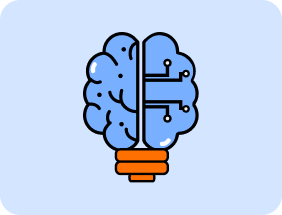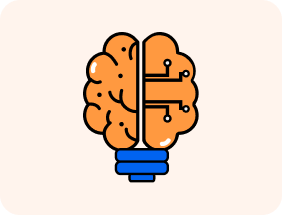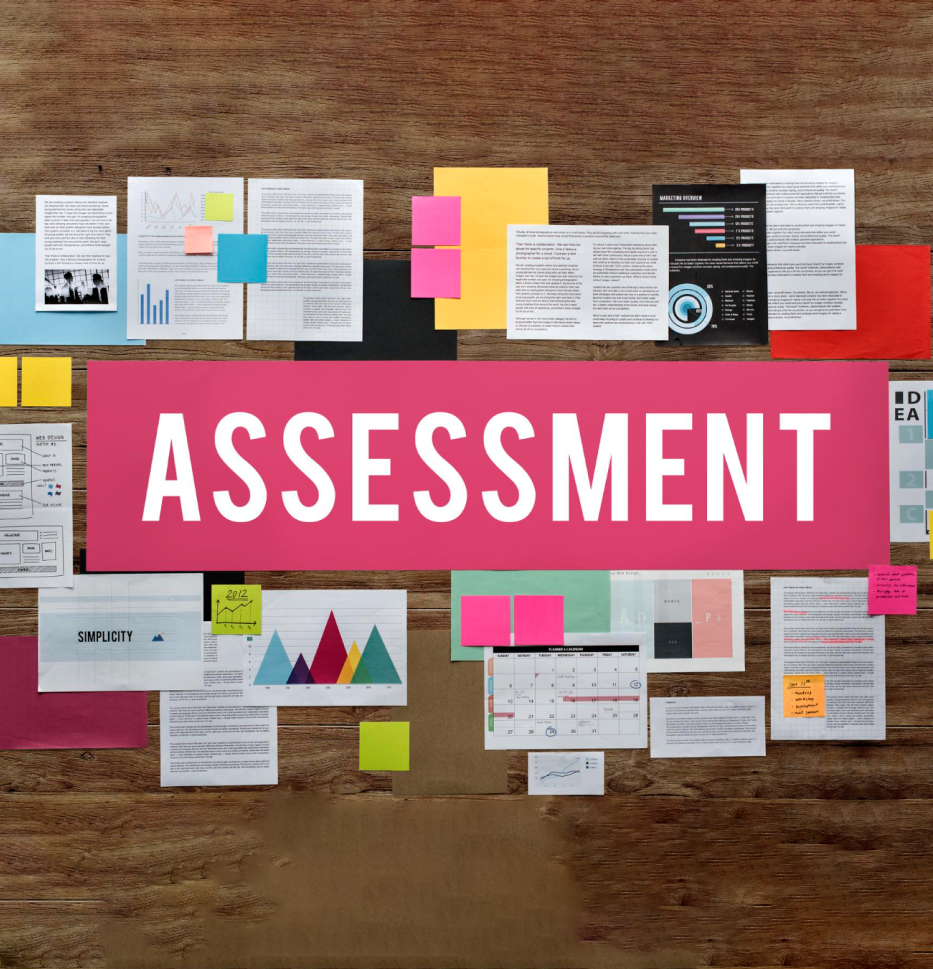- Home
- Solutions
- Join Community
- Methodology
- Limited Offer
-
Pricing
- More
What is the Activity?
The Simulation activity places learners in real-world or hypothetical scenarios where they must make decisions, solve problems, and analyze outcomes. Depending on the chosen setup, simulations can be problem-solving, role-playing, crisis management, strategy planning, or ethical dilemma-based. Learners may work individually or in teams, taking on roles such as decision-makers, stakeholders, or experts.
Each simulation provides a structured scenario, resources, and objectives. For example, a group might manage an environmental disaster, negotiate in a business crisis, or analyze an ethical decision in healthcare. Participants are required to balance resources, consider multiple perspectives, and act within time limits.
By engaging in these immersive experiences, learners practice applying theory to practice, managing uncertainty, and reflecting on consequences, skills essential for both academic growth and professional success.




 Individual
Individual
 Learner
Learner Mentor
Mentor Organisation
Organisation
 Learner
Learner Mentor
Mentor Organisation
Organisation








